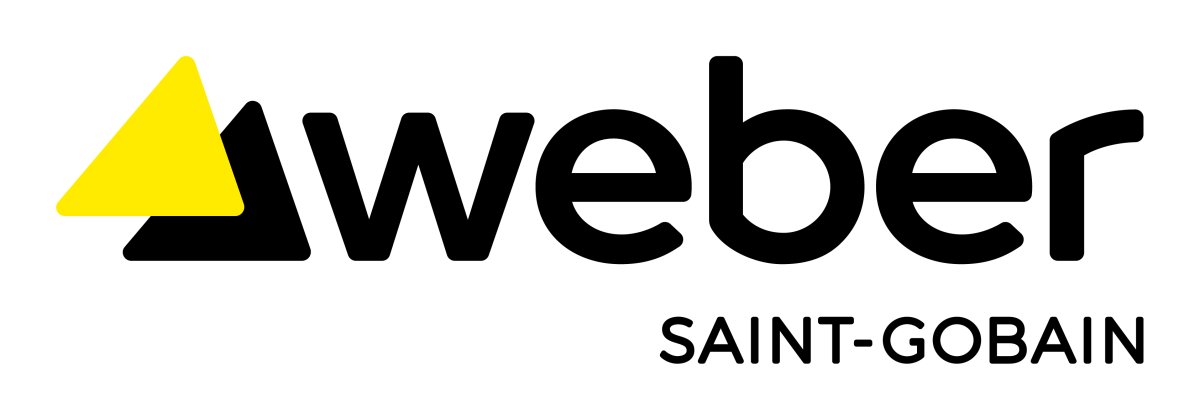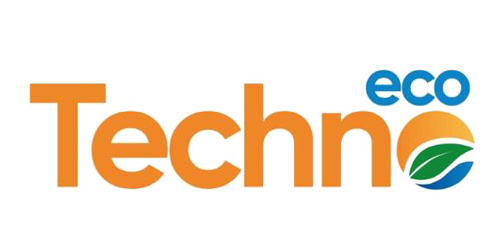About Nano Waterproofing
Nano Waterproofing is one of the latest waterproofing solutions that are available today. The technology uses nano-sized particles to penetrate the most minuscule of cracks and spaces to bond them with particles to create a superior long-lasting durable coating, becoming increasingly important in modern times, and already has many uses in medical applications and technology.
What is nanotechnology exactly?
Nanotechnology is the use and control of structures and materials that are on the nanoscale (between 1-100 nm), and only a ten or hundreds atoms in size. 1 nm is 1 billionth of a metre, i.e. 0.000 000 001 m (nano = 1 x 10-9 m). If we take a human hair, there are 100,000 nm across its diameter. A nanomaterial is any material that has one of its dimensions on the nanoscale, such as nanoparticles, which particles that are 1-100 nm in diameter. Nanomaterials can be very long in one direction, such as DNA; DNA is only a few nanometres across but can stretch into centimetres long. Nanomaterials can also be much larger than the nanometre is 2 dimensions, such as nanosheets, like graphene.
How Does It Work?
Nanotechnology allows advanced yet minimal modification to properties. solving common problems in an easier and subtler manner. This is achieved through our patented solution, which is a water based, liquid formulation, that provides water repellence and moisture protection on surfaces like cement, plaster ceilings, wood, and other materials. This liquid formation seeps into the tiniest capillaries that are invisible even with the microscope – forcing every trace of trapped moisture to evaporate through the pores. nanotechnology waterproofing method ensures effectiveness, prolonged lifetime of your building surface, and no visible changes on the original natural appearance of the materials.
Nanotechnology in Waterproofing
Nanotechnology works in applied waterproofing as treated substrates now repel water in liquid state but simultaneously allowing water in a gaseous state to move in and out. This creates a waterproof layer that is breathable at the same time. This allows water or moisture trapped within the surface to evaporate out of the pores, thereby reducing efflorescence or internal water damage issues by keeping the substrates dry. Nanoparticles are very durable as they are highly UV-resistant and weather-resistant even under stresses of extreme temperature fluctuations. This allows them to stay strongly bonded to the substrate and prevent them from breaking down under various external conditions. This contrasts to traditional waterproofing membranes which tend to lose effectiveness under heat by breaking down under extreme temperatures and conditions. Nanoparticles are physically extremely small, so the waterproof coating is completely invisible to the eye. Therefore, nano waterproof coatings do not alter the physical appearance of the surface, allowing the colour, texture, and quality of the surface to remain unchanged.
Coatings have always been used to protect several surfaces in the world. But until recently, coatings were inferior and needed regular maintenance and replacement to be effective. Today, nanocoating has catapulted to the very top–figuratively as the best coating, and literally as the optimal top coating in its many fields of application. Not only that, but most of the conventional coating systems have already started to evolve into nano coatings in themselves. Every company is trying to develop new coatings for better protection, lifespan, and new features. Nanocoating technology is also called “smart silis tech.” It means the economy in the consumption of raw materials, which leads to less environmental impact while increasing performance.
Types and Applications
•Anti-corrosive coatings: When applied to a metal, the coating stops chemical compounds coming into contact with corrosive materials, this stops processes like oxidation.
•Waterproof and non-stick clothing: A hydrophilic coating can be applied to various pieces of clothing, whilst the non-stick has applications in furniture, electricals, and glass.
•Antibacterial coating: These coatings help to inhibit the growth of microorganisms, which is particularly suitable for areas such as public transport.
•Thermal barrier coating: This type of coating is particularly prevalent in the aviation industry and is normally applied to metallic surfaces. The elevated temperatures that planes work at have opened up the possibility of the coatings’ use in high powered automobiles
•Anti-abrasion coatings: The main application of this coating is to prolong the life cycle of the surface by lessening the amount of friction that occurs.
•Self-healing coatings: The filled nano-capsules inside this coating help repair the surface should any scratching occur. They can be found in everyday items including phones and automotive paints.
•Anti-reflection coatings: This coating does not increase transmission, rather it just reduces the reflection on the incident side
•Anti-graffiti coatings: These are invisible to the naked eye and prevent costly expenditure to the government and companies in cleaning up graffiti.
Common Applications
Nano waterproofing is applicable to a variety of surfaces due to its high material bonding strength and durability to withstand extreme weather and human traffic.
Concrete
Nano waterproofing is typically applied by spraying for porous substrates like cement and masonry. Nano particle’s material qualities make this a highly flexible solution that offers industrial grade performance.
Wood
Wood surfaces can also be coated with nano coatings with water-based nanotech. The surface will then lose its water absorption properties and resist water from penetrating and threatening its material stability.
Marble
Water-based nano waterproofing treatment is also commonly applied for marble surfaces in order to repel external liquids from entering its surface. The major advantage over this application is nanotech’s ability to waterproof the surface effectively without altering the physical aesthetic of the surface.
What is new in nanotech waterproof materials ,
1.Less material wasted, because we only need to make the surface clean before treated, no need
1.to add screed, plaster, etc,
2.Because nano particle could penetrate into substrate material, it also allows the material to
3.breathe not like the conventional methods that make a layer which ‘block’ the substrate like
4.envelope
2.The nanotech treatment makes surfaces ‘water repellant’ and ‘water resistant’ yet the surface
5.still could be applied to ordinary plaster or other finishing
3.Changes surface properties of the substrate because the nano particles could penetrate into the
6.pores of the material itself, making it like filling and cover each pores with nano particles.
Benefits of Nano Waterproofing
•No hacking required
•Water and Oil Repellent
•UV Protection
•Long Lasting
•Dry very fast at ambient temperature
•Corrosion Resistance
•Eco-friendly
•Water-proof and breathable
•Cost Saving
•Applied to concrete, rooftop, brick, stone, and other building products etc.
Physical Properties: Milky white, water emulsion with slight odour
pH: 7.1
Boiling & Flash Point: > 100 deg.
Auto Ignition Point: > 100 deg.
Density: 1.01 g.cm-3
Viscosity: 20mPa.s
Not considered an oxidant.
Safety & Storage
It contains no hazardous ingredients and is water-based.
VOC Content: 0.7 g/L (well below limit) Not hazardous at all.
Application
Surface should be dry and clean. Apply with a brush or spray. No dilution. On very absorptive surfaces reapply within 3 hours. Curing takes 8-24 hours.
Mixing with Cement
Replace 1/3 water with Nano Waterproofing during mixing of batch.
Most popular applications
Bathroom or Toilet
9 out of 10 bathroom or toilets in a premise will experience a water leakage problem. Most times, this results in water leakage to the ceiling below.
Roof Slab
Concrete Slab Flat Roof or Balcony
Due to Malaysia’s severe weather conditions, concrete slabs are prone to cracks that cause water leakage issues.
Car Porch
Car Porch Area
Leaky concrete flat roofs area usually the cause of ugly stains, and bubbling paint at car porch areas, leaving your entrances looking unpresentable.
External Wall
Exterior Wall
Extreme weather conditions cause cracks on exterior walls, encouraging water seepage into the home causing ugly water stains and damage to your property.













.png)